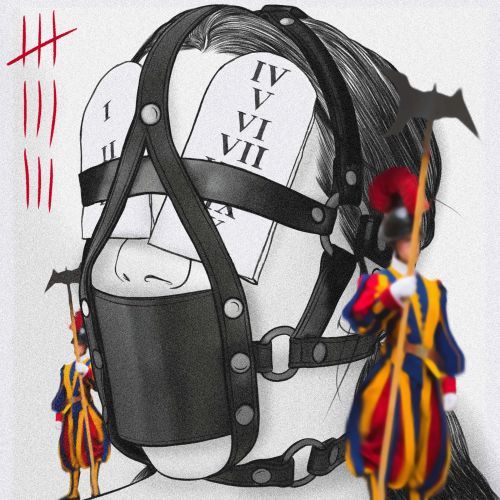Abortion in antiquity and in the Catholic Church
When we read historical sources – Egyptian papyri, Greek plays, Roman coins, mediaeval biographies of saints, medical textbooks or Victorian newspapers – it turns out that abortion was relatively common in the past. The first written mention of abortion is found in the ancient Egyptian Ebers Papyrus, written around 1550 BC. describes an abortion that can be induced with “a plant fibre tampon coated with a compound containing honey and crushed dates.” References to abortion and botanical substances used in abortion were also standard in medical texts in ancient Greece and ancient Rome.
Laws that prohibit abortion have been introduced relatively recently. In the early Roman Catholic Church, abortion was allowed for male foetuses in the first 40 days of pregnancy and female foetuses in the first 80–90 days. In 1588, Pope Sixtus V declared abortion a murder with excommunication as the penalty. Three years later, the new pope declared the sanction unenforceable and re-permitted early abortion. After 300 years, Pope Pius IX again declared abortion a murder. That norm, dating from 1869, remains the Church’s official stance to this day. Four mediaeval Christian Irish saints are known, including St. Brigid, who, among the miracles performed, also boasted about abortion. As a rule, these miracles concerned nuns who broke the vow of chastity and became pregnant, but thanks to the saint’s intervention, the blessed state miraculously disappeared.


























